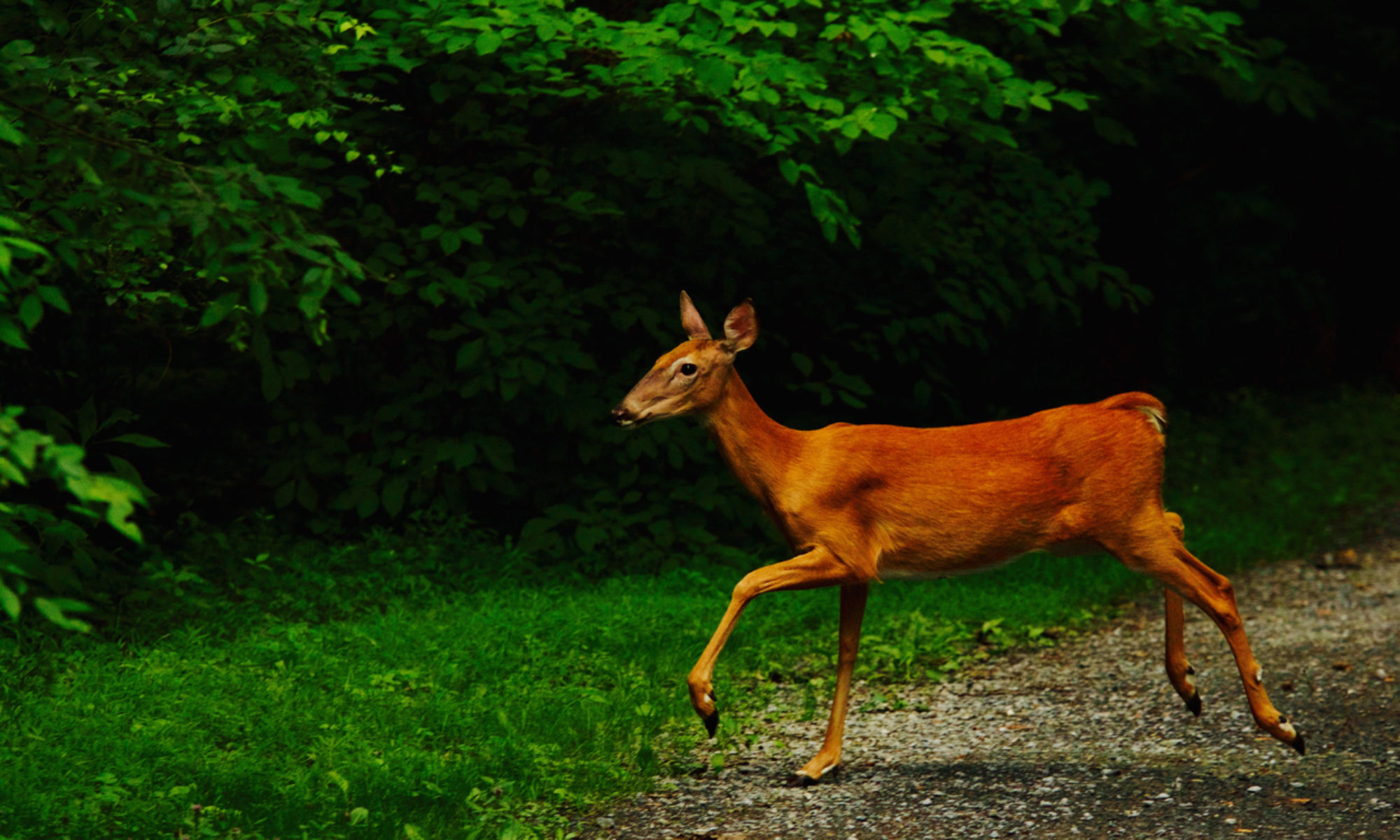A time-honored sport, surfing originated from the ancient Hawaiians who considered it a symbol of social status and power. Royalty used surfing as a means of maintaining their strength, liveliness, and authority over their people. The sport was nearly extinct by the late 1800s, until a teen named Duke Kahanamoku and his friends breathed life back into it and promoted it worldwide. Now, Kahanamokus statue stands on the shores of Waikiki Beach and the beaches of Oahu are filled with surfers of all levels and styles.
If youre traveling to Oahu to surf, the rolling waves on Waikiki Beach are consistent enough for novices but also appeal to pros. If you want to take lessons, nearby surf schools include the Ty Gurney Surf School, the Aikau Pure Hawaiian Surf Academy, and the Surf Academy by Dane Kealoha. Expert surfers can also catch waves at the Banzai Pipeline at Ehukai Beach Park on the infamous North Shore, which has waves up to 40 feet high. From October to March, this spot usually grinds out massive waves very close to shore. A sharp volcanic reef sits just inches below the surface. Sunset Beach, where the waves reach 15 to 20 feet from September to April, also appeals to expert surfers.
Surfing spots are not hard to find on Oahu, and other beaches that lure those board-obsessed travelers include Ala Moana Beach Park, a 76-acre public space with good surf and plenty of facilities; Ali’i Beach Park, where much of Baywatch Hawaii was filmed; Bellows Beach Park, a great spot for beginners; and Chuns Reef, another North Shore beach that appeals to expert surfers during the winter.
Also on the North Shore, you might catch a glimpse of some tow-in surfers, a sport pioneered by pro surfer Laird Hamilton. A surfer is towed into a breaking wave by a partner driving a personal watercraft, such as a jet ski, or a helicopter with an attached tow-line. Very few surfers are considered elite enough to participate in this sport. Tow-in surf contests occur throughout the winter season, usually in Waimea Bay.
The newest wave craze, particularly popular in Waikiki, is stand-up paddle surfing, which is an ancient Hawaiian technique that requires a huge longboard and a long-handled paddle, as well as considerable skill, strength, and agility. Its popularity is credited to Hamilton, who has become the most public proponent of it. Some “purist” surfers have criticized him for this, but Hamilton calls it a return to an old, traditional Hawaiian way of surfing, some say practiced almost 300 years ago by King Kamehameha and Queen Ka’ahumanu.
And finally, theres tandem surfing, born on the waves of Waikiki. This requires a couple being together on one board, where they demonstrate grace, style, control, acrobatic lifts, and polished wave-riding, very similar to figure skating pairs. Summertime is typically when you see this, and be sure to check schedules for competitions.
Visit Oahu in August, when the annual celebration for the legend of Duke Kahanamoku is held at Dukes OceanFest on Waikiki Beach. The week-long festival features a variety of competitions, including surf contests, swimming, paddleboard, and other events that pay homage to the local legend.
